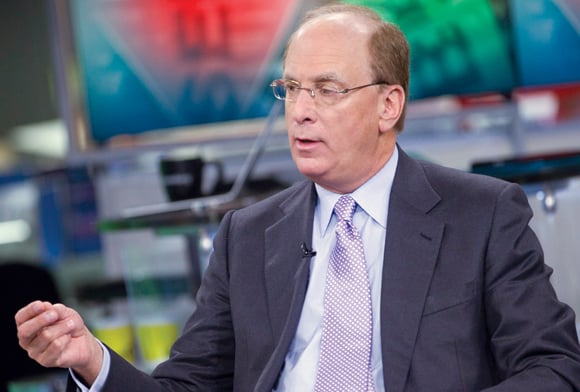Last year saw the greatest divergence ever between active and passive fund flows. Laurence Fink, chief executive of BlackRock Inc., doesn't see that changing.
“The trend is not going to be arrested anytime soon,” Mr. Fink said during BlackRock's fourth-quarter earnings call. “The low-interest-rate environment is making investors look more at risk budgeting, and as they do, the use of ETFs and passive funds is going to continue to grow.”
Index funds and exchange-traded funds took in around $200 billion of new money in 2011. Actively managed funds lost more than $8 billion.
BlackRock was among the many firms that saw net outflows in its actively managed portfolios. The asset manager's index fund lineup offset the losses, however. Indeed, BlackRock's index funds gained more than $11 billion of flows in 2011. iShares, BlackRock's San Francisco-based ETF arm, added another $29 billion. iShares is the largest ETF provider, with $448 billion in assets.
Fixed-income index funds that track Treasuries, municipal bonds and bank loans are expected to be the biggest growth drivers for passive investing.
The lone bright spot for active management: the shift toward low-cost passive index funds will allow investors to allocate more to riskier strategies with a greater potential to generate alpha, such as high-yield or emerging-markets debt, Mr. Fink said. “Clients are going to go with a barbell approach with ETFs on one side and more aggressive funds on the other,” he said.
RELATED ITEM Top actively managed fund firms in 2011 »
As long as low interest rates preside, the focus on the lower costs of passively managed funds is going to continue, Mr. Fink said. It may even put pressure on mutual fund companies to start lowering their fees on active funds. “It's a conversation every mutual fund board is going to need to have in 2012,” he said.
BlackRock has approximately $588 billion in its mutual fund and ETF businesses.







